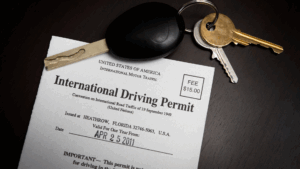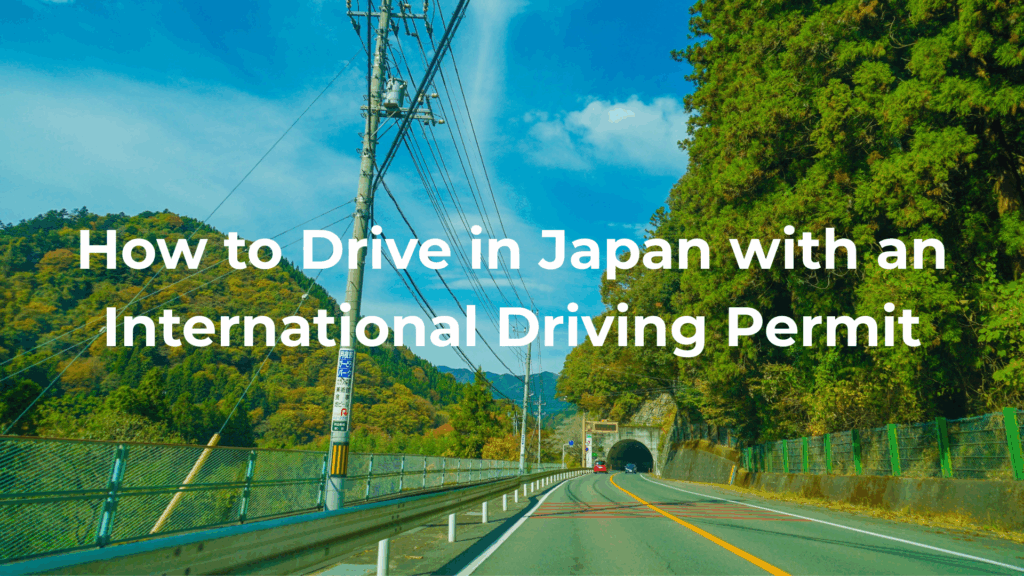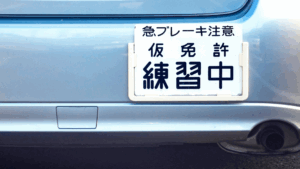Table of Contents
What Is an International Driving Permit (IDP)?

- An IDP translates your home country driver’s license into multiple languages.
- It must be used together with your original license.
- It is not valid by itself.
Can I Use an IDP in Japan?
Yes, if your country is part of the 1949 Geneva Convention, you can drive in Japan for up to 1 year from your entry date.
Common eligible countries:
- USA
- UK
- Canada
- Australia
- Most EU countries
Countries that require a Japanese translation instead:
- France
- Germany
- Switzerland
- Monaco
- Taiwan
Where Can I Get an IDP?
- You must obtain it in your home country before arriving in Japan. Examples: AAA (USA), Post Office (UK)
- You cannot get an IDP within Japan.
How Long Is It Valid?
- Typically valid for 1 year from issuance.
- In Japan, valid for 1 year from your entry date, regardless of the printed expiration date.
Can I Rent a Car with an IDP?
- Most rental companies in Japan accept valid IDPs.
- Book early during holidays or peak seasons.
- Always carry your IDP, original license, and passport.
FAQ
- Q: Can I renew my IDP in Japan?
- A: No. You must go back to your home country.
- Q: What happens if I drive with an expired IDP?
- A: It’s treated as driving without a license—fines, penalties, or even deportation may apply.
- Q: How do I convert my foreign license to a Japanese one?
- A: It depends on your country. Some require tests, others don’t.
Driving in Japan: What You Should Know
- Drive on the left side of the road.
- Seatbelts required for all passengers.
- Speed limits are generally lower than in many countries. For example, the usual speed limit is 60 km/h (about 37 mph) on regular urban roads, and up to 100 km/h (about 62 mph) on expressways. Be sure to watch for posted signs and drive safely.
- Always carry your passport, IDP, and original license when driving.
- Be careful with narrow roads and parking regulations.
Parking in Japan: What You Need to Know
- Paid Parking Is the Norm
Free parking is rare in cities. Typical rates: ¥100–¥500/30 min, up to ¥3,000+/day in central Tokyo. - Types of Parking Lots
- Flat lots with lock bars
- Automated tower parking
- Underground lots
- Street Parking Is Limited
Heavily restricted; illegal parking may result in fines or towing. - Use Parking Apps
- Helpful apps: Times, Navitime, Google Maps
- Some allow real-time availability or reservations
- Look for “Maximum Charge” Options
E.g., “¥1,800 for up to 12 hours” or “¥500 overnight (10 PM–8 AM)”
Always check signs for time-based pricing - Common Mistakes Foreigners Make
- Not understanding lock bar systems
- Missing small print on prices
- Forgetting to pay before unlocking
- Parking in reserved spaces marked “月極” or “専用”
💡 Tip: Take a photo of the space number and pricing sign when you park.
Thinking About Getting a Japanese Driver’s License?
If you plan to stay in Japan long-term, converting or getting a Japanese license is the next step.
Language and banking issues can make this hard—but here’s a helpful option:
🏫 Koyama Driving School
A driving school offering courses in English and Chinese.
Why it’s great for foreigners:
- Lessons in English or Chinese
- Help with conversion or getting a license from scratch
- Pay with MobalPay, even without a Japanese bank account
- Locations in the Tokyo area
Website URL: https://www.koyama.co.jp/english/

In Japan, new drivers are required by law to display a beginner mark (called a wakaba mark) on their car for one year after getting a license.Failing to do so can result in a fine or points on your license. It’s important to follow this rule—even when renting a car!
Final Tips
Driving in Japan is a great way to explore beyond the cities—hot springs, mountains, countryside, and more await. Just make sure your IDP is valid, follow the rules, and enjoy the ride!



